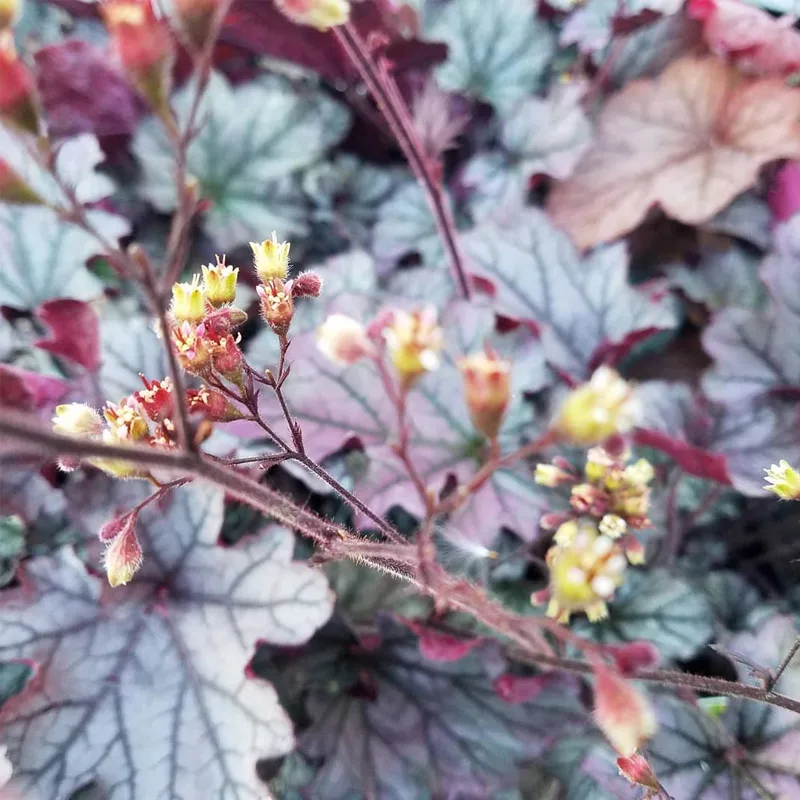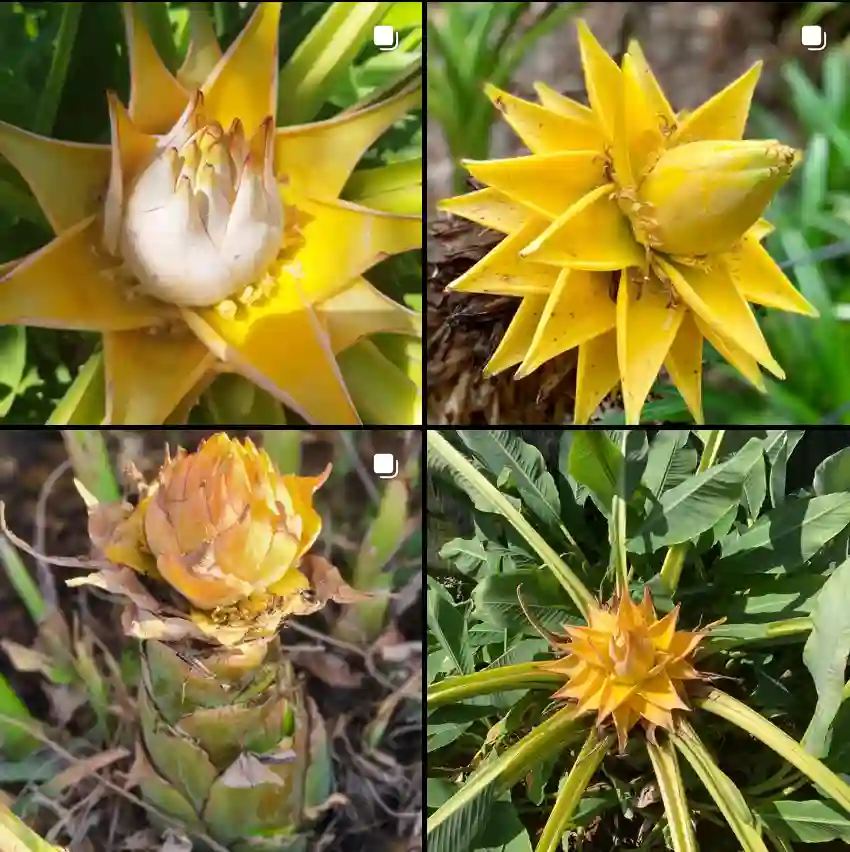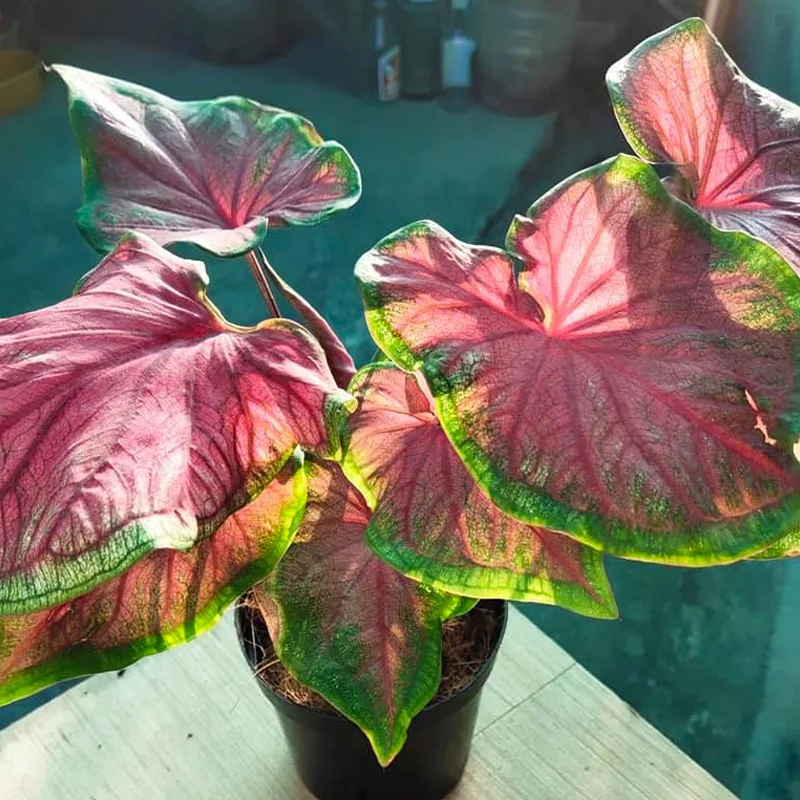Exploring the Cardiopteridaceae Family
The plant world is full of fascinating families, and one that has particularly piqued my interest is the Cardiopteridaceae. As someone who has delved into various plant families, understanding their unique traits and characteristics is always an enriching journey. The Cardiopteridaceae family, while not as well-known as some other families like Asteraceae or Poaceae, has a distinct charm and relevance in the botanical world.
Genera in the Cardiopteridaceae Family
Within this family, there are several notable genera: Cardiopteris, Citronella, Gonocaryum, Leptaulus, and Pseudobotrys. Each has its own unique characteristics and ecological roles, and I’ve found learning about them to be a rewarding experience. Let’s dive into each of these genera, exploring their key features and the role they play in the plant world.
Cardiopteris: The Heart of the Family
Cardiopteris is the namesake genus of the family, and it’s one that stands out for its distinct leaf structure. The name “Cardiopteris” derives from the Greek words “kardia” meaning heart and “pteris” meaning fern, referring to the heart-shaped leaves. I’ve always been fascinated by plants with uniquely shaped foliage, and Cardiopteris definitely checks that box. This genus primarily consists of vines, which can be quite vigorous in growth, making them ideal for those who appreciate plants with a bit of wild character.
The genus is native to Southeast Asia, where it thrives in tropical climates. The heart-shaped leaves of Cardiopteris plants add a touch of elegance to gardens, particularly when allowed to climb over structures. While it may not be a household name among gardeners, its visual appeal and vigor make it a genus worth considering for tropical-themed or naturalistic gardens.
Citronella: More Than Just a Mosquito Repellent
20 Species in Genus Citronella
When you hear the name Citronella, you might immediately think of the citronella oil used in mosquito repellents. However, the Citronella genus within Cardiopteridaceae is quite different from the plant that produces citronella oil, which belongs to the Cymbopogon genus. Citronella in the Cardiopteridaceae family is a genus of small trees and shrubs found primarily in the tropical and subtropical regions of Southeast Asia and the Pacific islands.
One thing I love about this genus is its adaptability. Citronella species are known to thrive in both forested environments and more open habitats. Their hardiness and the ecological role they play in their native habitats make them an important part of the ecosystems they inhabit. If you’re interested in adding an exotic and resilient shrub or small tree to your landscape, Citronella from Cardiopteridaceae might be worth exploring.
Gonocaryum: An Uncommon Gem
Gonocaryum is one of those genera that remains largely under the radar, even for plant enthusiasts like myself. This genus is composed of small to medium-sized trees found in tropical forests across Southeast Asia. The trees in this genus are known for their small, simple leaves and the fruit they produce, which plays a significant role in seed dispersal through animal consumption.
What’s intriguing about Gonocaryum is how little is known about it in comparison to other genera within the Cardiopteridaceae family. This genus isn’t often cultivated in gardens, likely due to its specific environmental requirements and relatively unknown status. However, I find that its rarity and mystery only add to its allure. Sometimes, it’s the underappreciated plants that end up being the most fascinating once you start learning about them.
Leptaulus: The Climbers of the Family
Leptaulus is a genus that I find particularly interesting because it consists of climbers and small trees. As a fan of climbing plants, Leptaulus species caught my attention for their ability to scale trees and other structures in their natural habitats. They are typically found in tropical forests across Africa and Asia.
What stands out about Leptaulus is its ability to adapt to the different layers of the forest canopy. These climbers are important for maintaining forest structure, contributing to the diversity of plant life in these ecosystems. If you’re someone who enjoys climbing plants that contribute to the overall balance of an ecosystem, Leptaulus is a genus worth researching.
Pseudobotrys: The Mysterious One
Finally, we have Pseudobotrys, another lesser-known genus within the Cardiopteridaceae family. Like Gonocaryum, Pseudobotrys hasn’t garnered much attention, even among botanists. It consists of small shrubs and trees that are native to tropical regions.
Pseudobotrys plants are often found in the understory of tropical forests, playing a vital role in the overall ecosystem. While there isn’t a wealth of information readily available on this genus, I believe it holds potential for further exploration, especially for those interested in rare and unusual plants.
The Importance of Cardiopteridaceae in Ecosystems
One thing that struck me while learning about the Cardiopteridaceae family is the significant ecological role these plants play. Many of the genera in this family, such as Gonocaryum and Citronella, are integral to the structure of tropical ecosystems. They provide food and shelter for wildlife, contribute to soil stability, and support the overall health of the environment.
What I appreciate most about this family is its diversity and adaptability. From climbers like Leptaulus to small trees like Citronella, the Cardiopteridaceae family offers a wide range of plant forms, each contributing something unique to the ecosystems they inhabit. For plant enthusiasts and ecologists alike, this family is a hidden gem worth exploring.
Final Thoughts
The Cardiopteridaceae family might not be the first one that comes to mind when thinking about plants, but it’s certainly one that deserves more attention. The genera within this family, from the heart-shaped leaves of Cardiopteris to the resilient Citronella, offer something for every plant lover. Whether you’re interested in unique foliage, rare species, or the ecological importance of plants, the Cardiopteridaceae family has something to offer. For me, discovering this family has opened up new avenues of exploration in the botanical world, and I encourage others to do the same.
If i die, water my plants!



